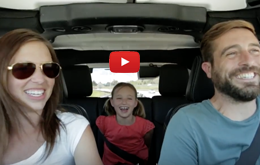How to Plan for a Winter Hike in Colorado
If you live in Colorado, you’re probably well aware of the cold winter weather and all that it brings. Some are hesitant to venture outside due to snow flurries and drastic drops in temperatures. But if you’re a little daring, you might consider heading outdoors for a winter hike.
Colorado is one of the most beautiful states in the U.S. There is so much natural beauty and an exceptionally diverse variety of terrain. The winter weather enhances this beauty, while also transforming it.
In order for you to truly experience the beauty of Colorado in the winter, you should consider opting for a winter hike. An outdoor adventure during colder months can be thrilling. However, it’s imperative that you plan and prepare properly. Due to the extreme weather, it’s important to take precautions. In this article, Grand Park is discussing how to plan for a winter hike in Colorado. While it may sound intuitive there are many things to bear in mind.
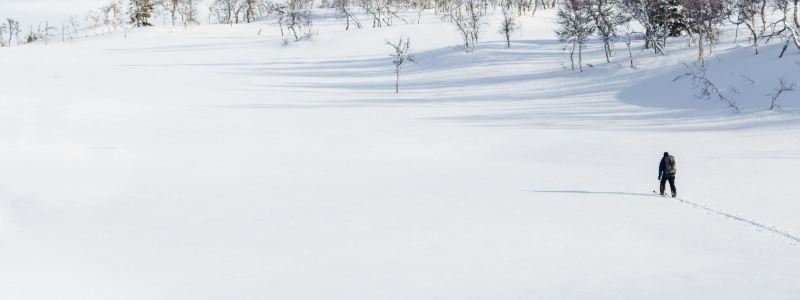
What Is Colorado’s Terrain Like?
Much of Colorado lies within either the Rocky Mountains, or the Great Plains. Due to this geography, it’s an ideal place for mountain explorers and trekkers—especially if you’re deep in the heart of the Rockies, just west of Denver.
What makes Colorado so unique, is the diversity of its terrain. If you plan on going for a winter hike and don’t mind driving across the state, then you have options when it comes to the kind of terrain you would like to hike on.
Even if you’re not an expert climber or mountaineer, there are plenty of hiking trails that offer beautiful scenery and clean, well-maintained trails.
That said, hiking in winter can be vastly different than other seasons, dependent on the terrain. For example, winter weather often yields icy paths and snow-packed trails; if you aren’t an experienced hiker or are older, then hiking in flatter areas might be ideal. But, if you have experience hiking on the more mountainous areas, or you’re up for a daring adventure, then both the Rocky Mountains and the Colorado Plateau are wonderful places to be!
- Colorado lies in the Rocky Mountains and Great Plains
- Depending on where you are, you’ll be surrounded by mountainous terrain or flat terrain
- Flat terrain is easier for winter hikes and better if you are an inexperienced hiker
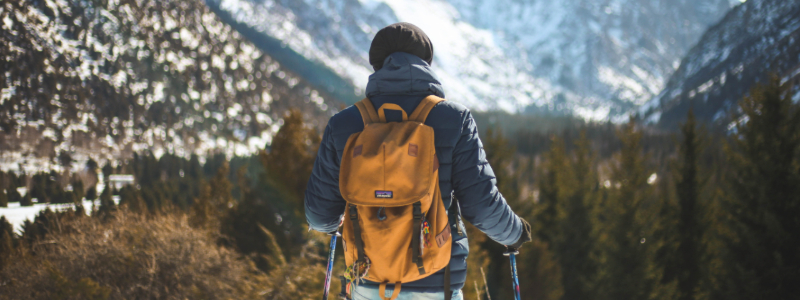
What Equipment Do You Need To Bring?
Regardless of where you’ll be hiking, it’s important to understand that winter hikes can be challenging. Winter hikes require certain kinds of equipment, and without this equipment, you could be more prone to injury.
Injury, certainly, makes for a less enjoyable time during a hike.
When thinking of how to plan for a winter hike in Colorado, it’s very important that you wear warm clothing with many layers.
Consider the following items of clothing for a winter hike:
- Long Johns, undergarments
- Long-sleeved t-shirts
- Pullover sweater
- Waterproof Jacket
- Waterproof pants
- Thermal or Wool Socks
- Hiking Boots
Wearing these articles of clothing will keep your body nice and warm. But, make sure that none of those articles are made of cotton because cotton takes a long time to dry if it gets wet.
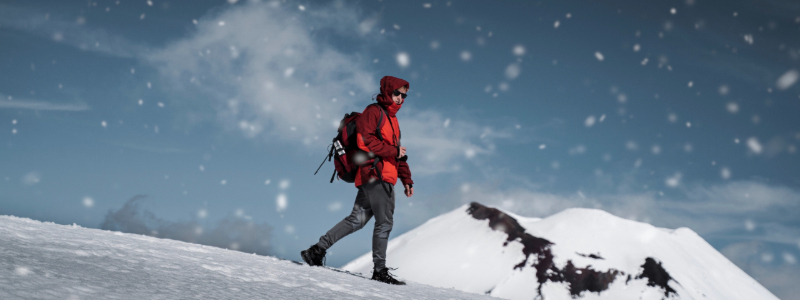
To keep your hands protected, fleece gloves are ideal. Fleece is a strong material that is resistant to extreme temperatures, so it will keep your hands toasty.
For shoes and socks, you can’t go wrong with a good pair of winter hiking boots, which are specifically designed for hiking in the winter weather. If you’re walking on mountainous terrain, ice cleats are a good investment. When you place ice cleats onto your winter shoes, the shoes are able to stay sturdy, even on icy terrain. Thus, keeping you safe from falling.
Last, when you’re ready to plan a winter hike in Colorado, it’s good to account for a backpack. A good backpack may cost a decent chunk of change, but it’s well worth it. With a good backpack, you have something that can hold all of your important items and equipment. Winter hikes are often dangerous because hikers forget to account for extreme conditions and unforeseen issues. How to plan for a winter hike in Colorado means taking extreme caution. Plan for every scenario! When in doubt, refer to:
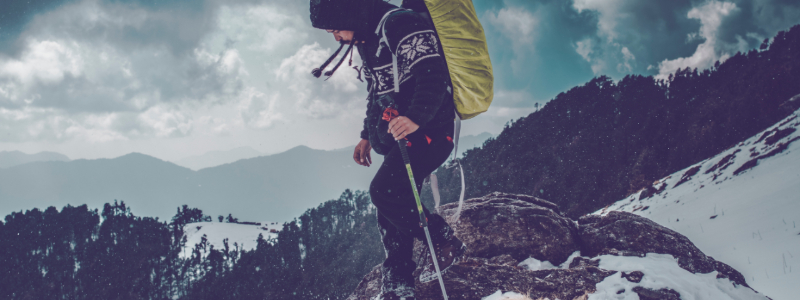
What Are The Best Places For A Winter Hike In Colorado?
If you want to know how to plan for a winter hike in Colorado, be sure to add these places to your go-to list. They offer an abundance of beauty and hiking trails for different levels.
Upper Beaver Meadows:
Within the Rocky Mountain National Park, there is the Upper Beaver Meadows. The Upper Beaver Meadows is a three-mile hike that is easy and fun; you won’t need any special equipment.
Much of Upper Beaver Meadows consists of a road. This road is made of dirt, in some sections, and asphalt in some of the other sections. As you walk this road, you’ll be able to see the beauty of the meadow that surrounds you, as well as a lovely view of the Continental Divide.
What’s nice about this hike is that it isn’t very long, and there isn’t a drastic change in elevation. If you want an easy and fun hike, then Upper Beaver Meadows is a great choice!
Emerald Lake:
If you plan on hiking in Rocky Mountain National Park and want to see a nice lake, Emerald Lake is a lovely place to be. It’s one of the most accessible hikes within the Rocky Mountain area, and it’s great for winter weather.
While hiking, you’ll pass four different lakes, all of which are beautiful in the winter. Plus, you’ll also be able to see Hallet Peak, which is also very beautiful in the winter.
Walking along the trail is easy, since it’s a smooth trail that isn’t particularly bumpy. There isn’t a significant change in elevation either.
Strawberry Park Hot Springs:
If you would like to see hot springs in the winter, then you can’t go wrong with Strawberry Park Hot Springs. While this is certainly an enjoyable hike, it isn’t always very easy.
To get to the Strawberry Park Hot Springs, you’ll need to start off right near Steamboat Springs. From there, you’ll be walking 5.7-miles through the snow and intense cold. If you haven’t hiked much before, then it can be rather intense.
When you finally reach the springs, however, you can go into the hot springs and relax! The warm water will help soothe your body.
Two Rivers Lake:
While hiking through the Two Rivers Lake, you’ll be rewarded with some of the most spectacular winter views you can find in Colorado. And then, when you reach the end of the hike, you’ll be able to see Notchtop Mountain in all of its beauty!
As far as winter hikes go, Two Rivers Lake isn’t particularly easy. It’s 6.4-miles long, and the terrain can be a bit rocky. With the winter weather, moving through the trail can be tricky.
What makes the hike truly worth it, though, is its beauty. You are surrounded by the lovely Two Rivers Lake, and some beautiful scenery. And then, seeing Notchtop Mountain when it’s covered in snow is truly a lovely sight!
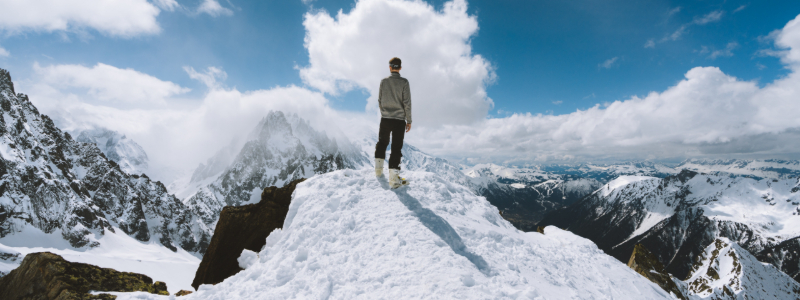
If you want to extend your hiking adventures, be sure to check out some of the best winter camping spots in the surrounding areas! Or, check out some of the best ski towns in Colorado. Ideal for vacationers and tourists, families, and singles.
Grand Park Hikes
Fortunately, most hiking trails in Colorado are open during winter months. So even the favorites of summer can be trekked through in winter. It’s important you prepare for ice sheets and colder weather, of course, but you may still enjoy the best hikes in the area.
For a guide to some of the most beautiful, breathtaking sites near Winter Park, check out Winter Park hiking trails here. Most of these are designed for all skill levels, beginner to advanced.





